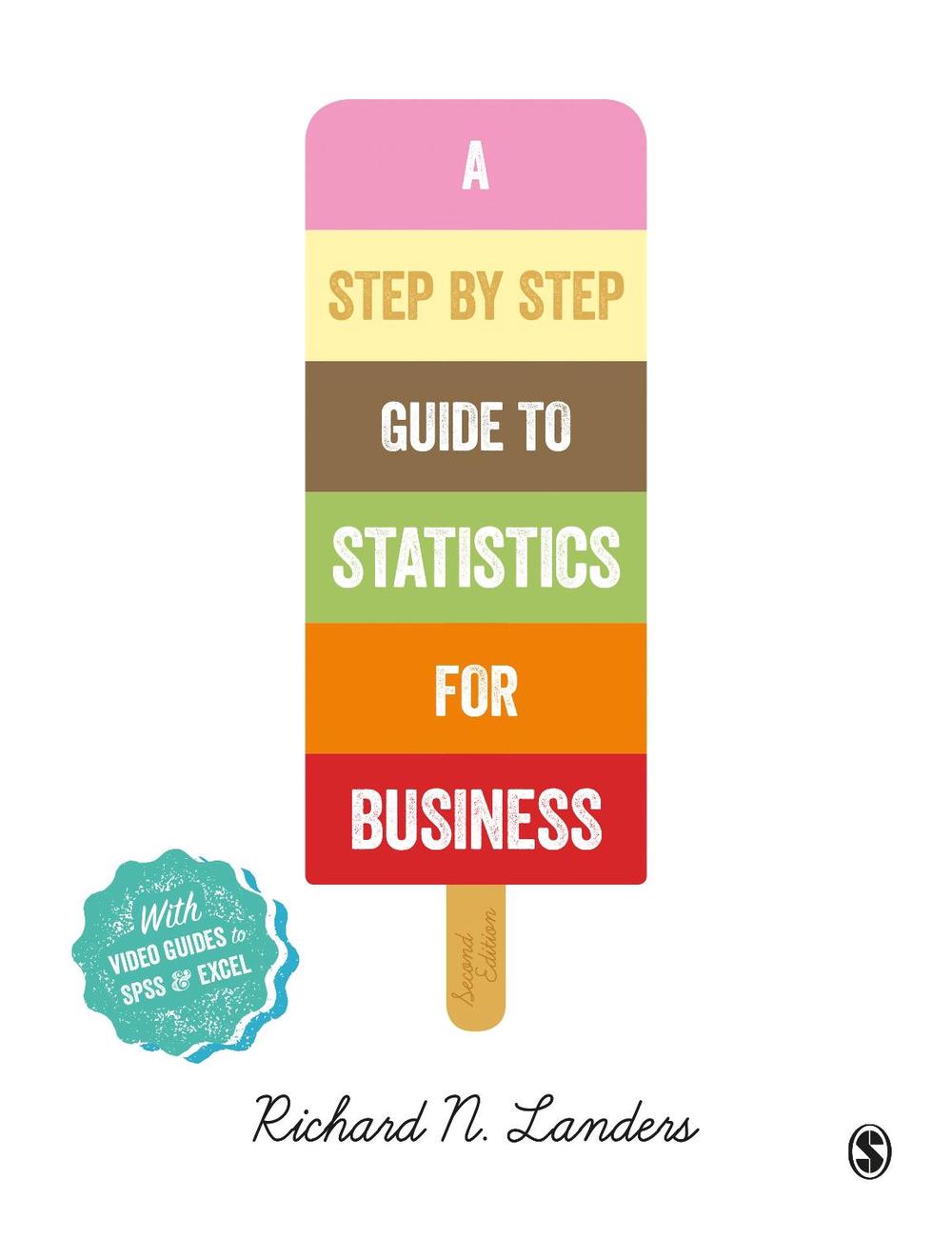
When you click on links to various merchants on this site and make a purchase, this can result in this site earning a commission. Affiliate programs and affiliations include, but are not limited to, the eBay Partner Network.
A Step-By-Step Introduction to Statistics for Business by Richard N. Landers (En

- Item No : 386458154899
- Condition : Brand New
- Brand : No brand Info
- Seller : the_nile_uk_store
- Current Bid : US $64.84
-
* Item Description
-
The Nile on eBay

A Step-By-Step Introduction to Statistics for Business
by Richard N. Landers
A clear and concise introduction to statistics for business and management students, demonstrating how important statistics are in the business decision-making process and covering everything from conducting a survey and collecting data, to summarizing statistical data, and presenting findings.
FORMAT
PaperbackLANGUAGE
EnglishCONDITION
Brand New
Publisher Description
A clear and concise introduction to statistics for business and management students, demonstrating how important statistics are in the business decision-making process and covering everything from conducting a survey and collecting data, to summarizing statistical data, and presenting findings. Each chapter features a real-world business situation and accompanying dataset, the reader is then encouraged to identify the correct statistical concept in the chapter and solve the problem outlined. Offering students a chance to use the newly learned theory in a practical way. New to the second edition: A "Review of Essential Mathematics" prologue, featuring tests and further links to help students refresh their knowledge of the core mathematical concepts used to calculate basic statistics. Updated screenshots on using IBM SPSS and Excel. A "Statistics in the Real World" feature included at the end of each chapter, demonstrating how statistics are applied in real-world business settings and research, accompanied by reflective questions. Updated case studies, examples and diagrams, illustrating key points and helping to reinforce learning. The book is accompanied by free online resources including step-by-step video tutorials on how to use Excel and IBM SPSS, datasets and worked solutions, an Instructors' Manual, Testbank, and PowerPoint presentation slides for lecturers.
Essential reading for business students wanting to know how to use statistics in a business setting.Author Biography
Richard Landers is Assistant Professor of Industrial/Organizational Psychology at Old Dominion University, U.S.A.
Table of Contents
Prologue: Review of Essential MathematicsPart 1. Descriptive StatisticsChapter 1. The Language of StatisticsChapter 2. Working with Numbers and Data DisplayChapter 3. Central Tendency and VariabilityChapter 4. Probability DistributionsChapter 5. Sampling DistributionsPart 2. Inferential StatisticsChapter 6. Estimation and Confidence IntervalsChapter 7. Hypothesis TestingChapter 8. z-Tests and One-Sample t-TestsChapter 9. Paired- and Independent-Samples t-TestChapter 10. Analysis of Variance (ANOVA)Chapter 11. Chi-Squared (x2) Tests of FitChapter 12. Correlation and RegressionPart 3 Wrap-UpChapter 13. Matching Statistical Tests to Business ProblemsA1. z-TableA2. t-TableA3. F-Table (cx = 0.5)A4. F-Table (cx = .01)A5. X2-Table (chi-squared)B1. Inferential Test Reference TableB2. Inferential Test Decision TreeC. GlossaryD. Statistical Notation and FormulasE. Enabling Excel's Data Analysis Add-In
Review
Richard N. Landers has written an excellent text. Put simply, A Step-by-Step Guide to Statistics for Business needs to be core reading for all students undertaking statistics as part of a Business or Management programme. Landers writes in an accessible and easy-to-follow style, which leads the reader from basic numeracy to inferential statistics.
-- David GildingReview Quote
Richard N. Landers has written an excellent text. Put simply, A Step-by-Step Guide to Statistics for Business needs to be core reading for all students undertaking statistics as part of a Business or Management programme. Landers writes in an accessible and easy-to-follow style, which leads the reader from basic numeracy to inferential statistics.
Details
ISBN1473948118Year 2018Edition 2ndISBN-10 1473948118ISBN-13 9781473948112Format PaperbackPlace of Publication LondonCountry of Publication United KingdomReplaces 9781446208212DEWEY 658.4033Pages 496Publication Date 2018-12-20Language EnglishUK Release Date 2018-12-20NZ Release Date 2018-12-20Edition Description 2nd Revised editionAlternative 9781473948105Audience Tertiary & Higher EducationPublisher Sage Publications LtdImprint Sage Publications LtdAuthor Richard N. LandersAU Release Date 2018-12-31


-
- The Lost Super Foods
- $ 37.00
- The Self-Sufficient Backyard
- $ 37.00
- A Navy Seals BUG IN GUIDE
- $ 39.00
- Childrens Books Phonics Lot 60
- $ 34.99
















